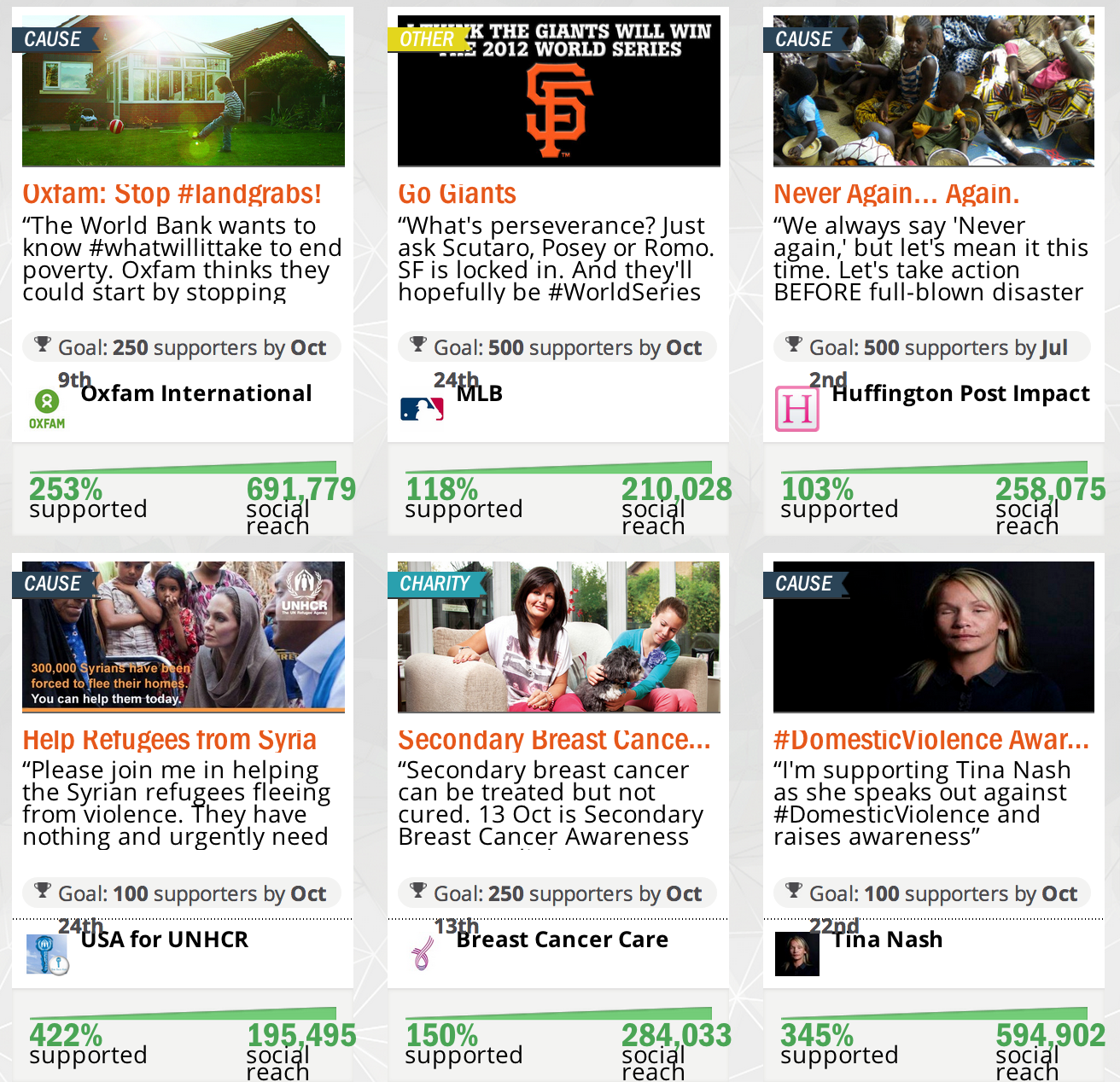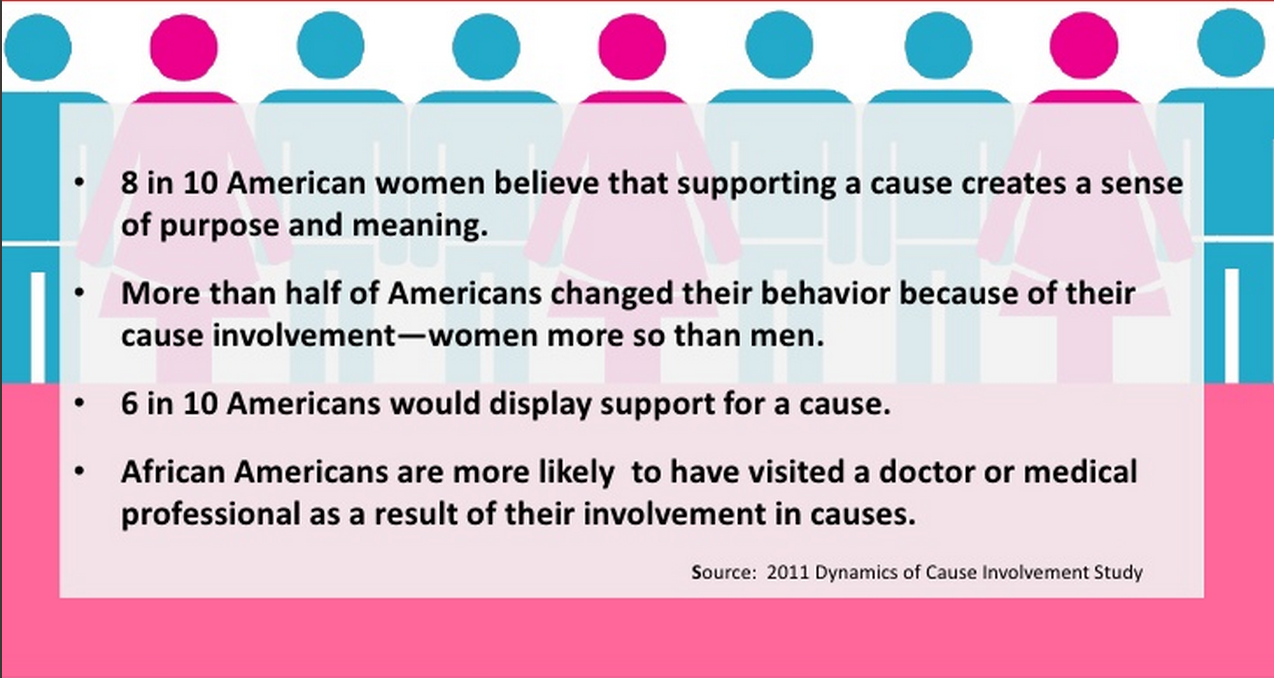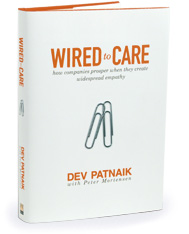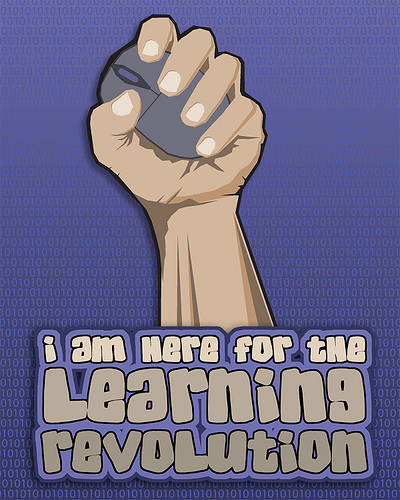
Photo by Derek Lyons
Public health is in dire need of increased online advocacy. I was reminded of this while reading Search Engine Watch’s recent article, Why PageRank Doesn’t Matter. The author writes:
What matters varies from campaign to campaign, but there is one global truth: the one constant in metrics is ROI. How that is defined depends on the purpose of the site (easiest on an e-commerce site, harder on an information site that’s focus is education).
“An information site that’s focus is education” describes most public health websites, especially those in the Federal arena. So, how do we obtain ROI? Shape content to drive measurable actions and demonstrate impact.
On Digital Metrics
The U.S. General Services Administration recently announced its new Digital Analytics Program, a much needed step in advancing the development of user-centered products and services. As a part of this initiative, GSA launched the Digital Metrics Toolkit which outlines the 10 required Web metrics government agencies must collect. This is great news. But it doesn’t get us to ROI–yet. As the article shared above says:
Marketers and website owners need to not just educate themselves on how metrics work but pause, think about how the various data points connect, how a proper campaign is structured, and make clear what is to be reported and why.
In his presentation, Social Media ROI, Lee Aase also offers the following advice, “Don’t hold social media to a higher ROI standard than what you’re already doing.” No matter your approach, measuring ROI takes integrated planning and involves tying content and evaluation strategies together. To achieve this of course, you must first know your goals and objectives.
On Context and Convention
Online advocacy helps connect the dots, report on ROI and tell a richer story. If you share that a million visitors came to your website during World AIDS Day–that’s a strong data point of your reach but it leaves you with a lot of questions:
- Who are those one million visitors that came to your site–are they even relevant?
- Did those one million visitors find your HIV/AIDS information?
- Of those that came to your site, what did they do next?
But what if you had a strategy of online advocacy integrated into your online presence? Say you know you had a million visitors to your website the week of World AIDS Day, but you also know: Of these one million people, 1 in 2 people read HIV/AIDS specific information and that of those who read that information, 60% shared it with a friend via email. Now you know:
- The people coming to your website were information-seeking which aligns with your communications strategy.
- Half of those coming to your website found your HIV/AIDS information.
- Of those that found this information, 60% shared it demonstrating they saw value in the information and that your reach is actually greater than one million.
On Online Advocacy
Online advocacy lives at the intersection of cause involvement and behavior change. It’s a communications strategy that encourages and empowers individuals and organizations to move from receivers of information to ambassadors of that informations and can help blur the line between online and offline efforts. Some evidence:
A number of theories also support an online advocacy approach to optimize use of social media:
The next time you develop content for your website, think about how you can give it context, emphasize action (subscribes, downloads, pledges, shares, and more) and capture data points you can measure to add a touch of online advocacy.
How is your health campaign capturing word of mouth referrals? It starts with your content. Go beyond what you want someone to read. Think about what you want people to do.









